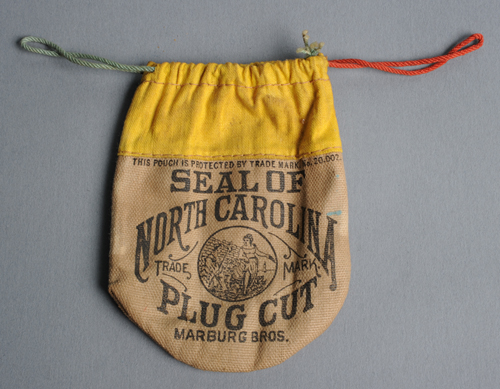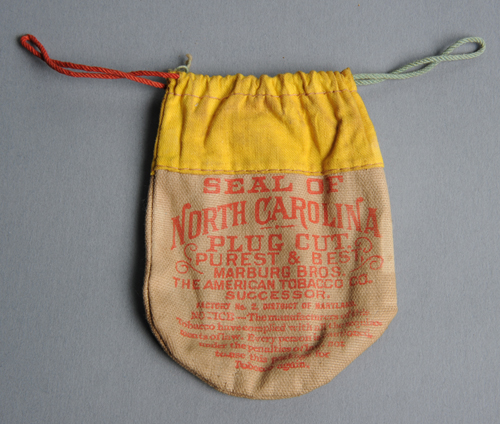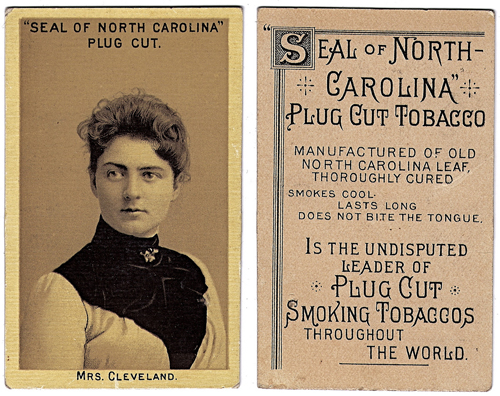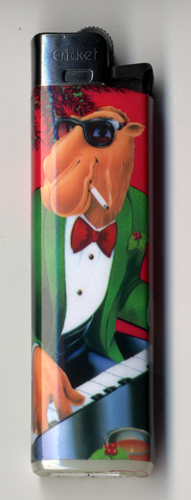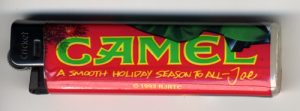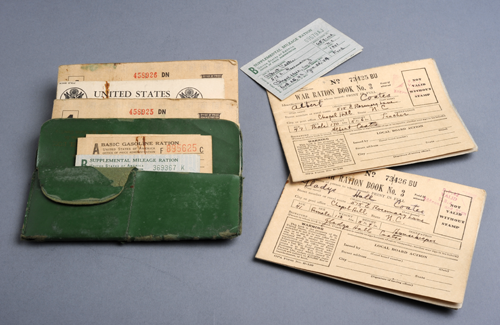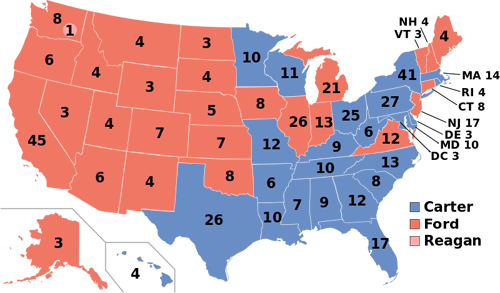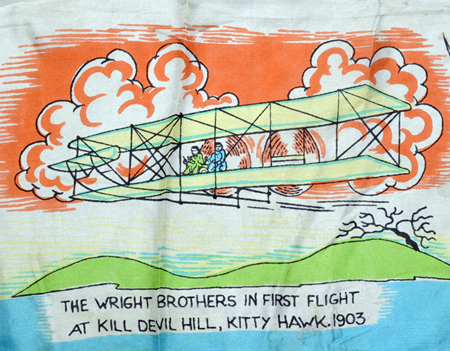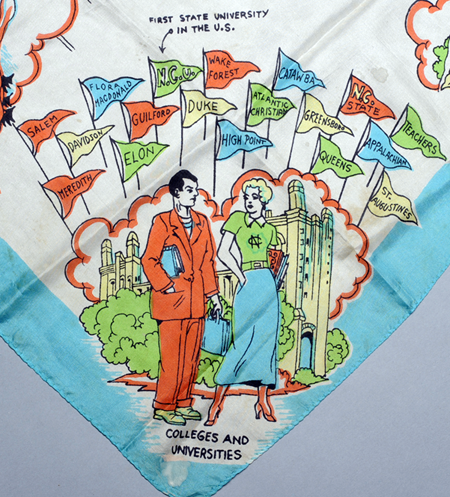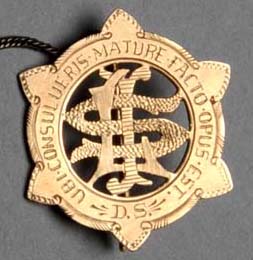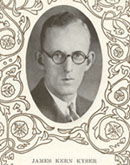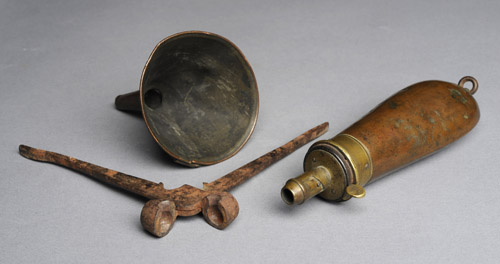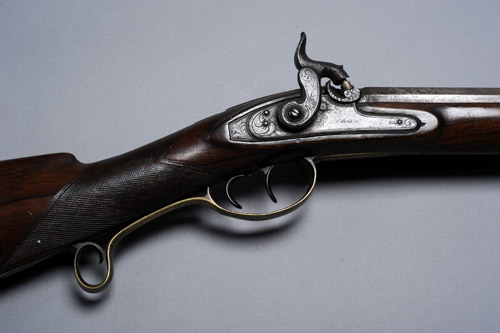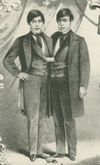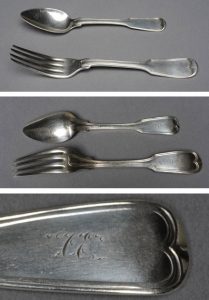Zealous, maniacal, obsessed, rabid. There’s a reason why writers describing Tar Heel fans proceed directly to the extreme corners of the English language. The UNC men’s basketball team has earned every bit of its fans’ devotion, though, with a storied history of dramatic wins.
The team has enjoyed no prouder moment than its 1957 season, known fondly as McGuire’s Miracle (a reference to Coach Frank McGuire). That year the Tar Heels completed a perfect season, culminating in its first NCAA national championship.
Our February Artifact of the Month celebrates that exhilarating season:
This section of maple floor was salvaged from Woollen Gymnasium, the home court of the Tar Heel team until 1965. Affixed to this section of the historic floor are two metal plates, one featuring a photo of the 1957 championship team with Coach McGuire, and one bearing the signatures of the starting players: Pete Brennan, Bob Cunningham, Tommy Kearns, Lennie Rosenbluth, and Joe Quigg.
Those stellar players, who practiced and played on the old Woollen Gymnasium floor, attended the 2004 grand opening of the newly renovated Woollen, where these floor sections were offered as a fundraiser.
Fortunately, the Tar Heels’ winning mojo seems to live in the team itself, and not in that old Woollen floor: The UNC men’s basketball team has gone on to rack up four more NCAA championships after that first miraculous season, trailing only two other Division I teams in number of titles won. And any fan will tell you they’re not done counting.


